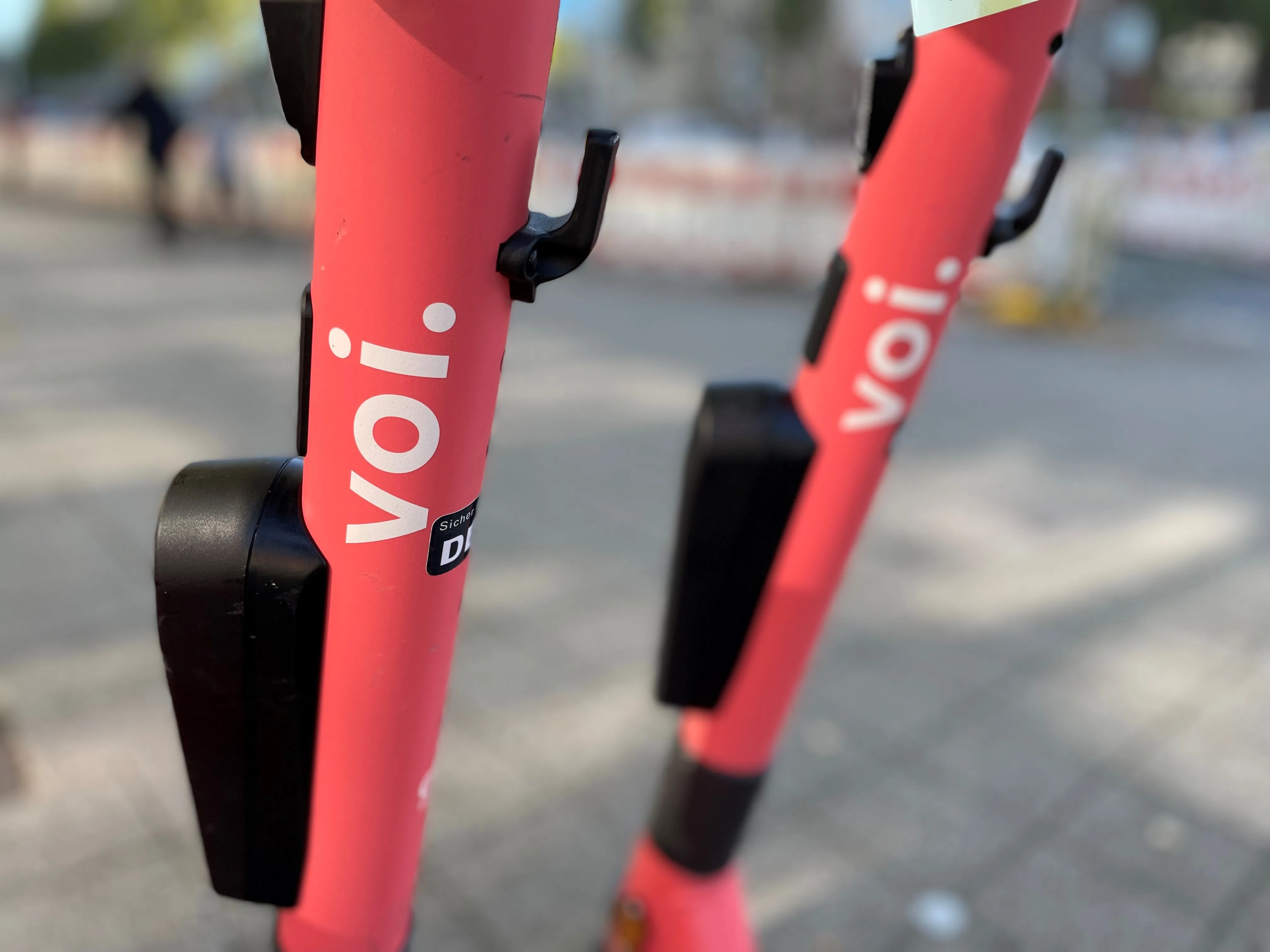Safety concerns have been raised over air pollution levels in Stockholm's 18km tunnel bypass. Data from the Swedish Transport Agency (Trafikverket) suggests that pollution in the Stockholm Bypass project (Förbifart Stockholm) could result in 20-30 fatalities/year due to the increased risk of triggering serious breathing disorders. The data suggests that high levels of dangerous particulate matter could pose a serious risk to users of the tunnel at peak periods. The new road will be paved with concrete rathe
May 17, 2012
Read time: 1 min
Safety concerns have been raised over air pollution levels in Stockholm’s 18km tunnel bypass. Data from the 2124 Swedish Transport Agency (Trafikverket) suggests that pollution in the Stockholm Bypass project (Förbifart Stockholm) could result in 20-30 fatalities/year due to the increased risk of triggering serious breathing disorders. The data suggests that high levels of dangerous particulate matter could pose a serious risk to users of the tunnel at peak periods. The new road will be paved with concrete rather than asphalt, and dust extraction systems, increased ventilation and particle filters should be installed to improve air quality in the tunnels according to Trafikverket. Other benefits could come from cutting the use of studded tyres by 25% and lowering the speed limit to 70km/h during the winter period.










